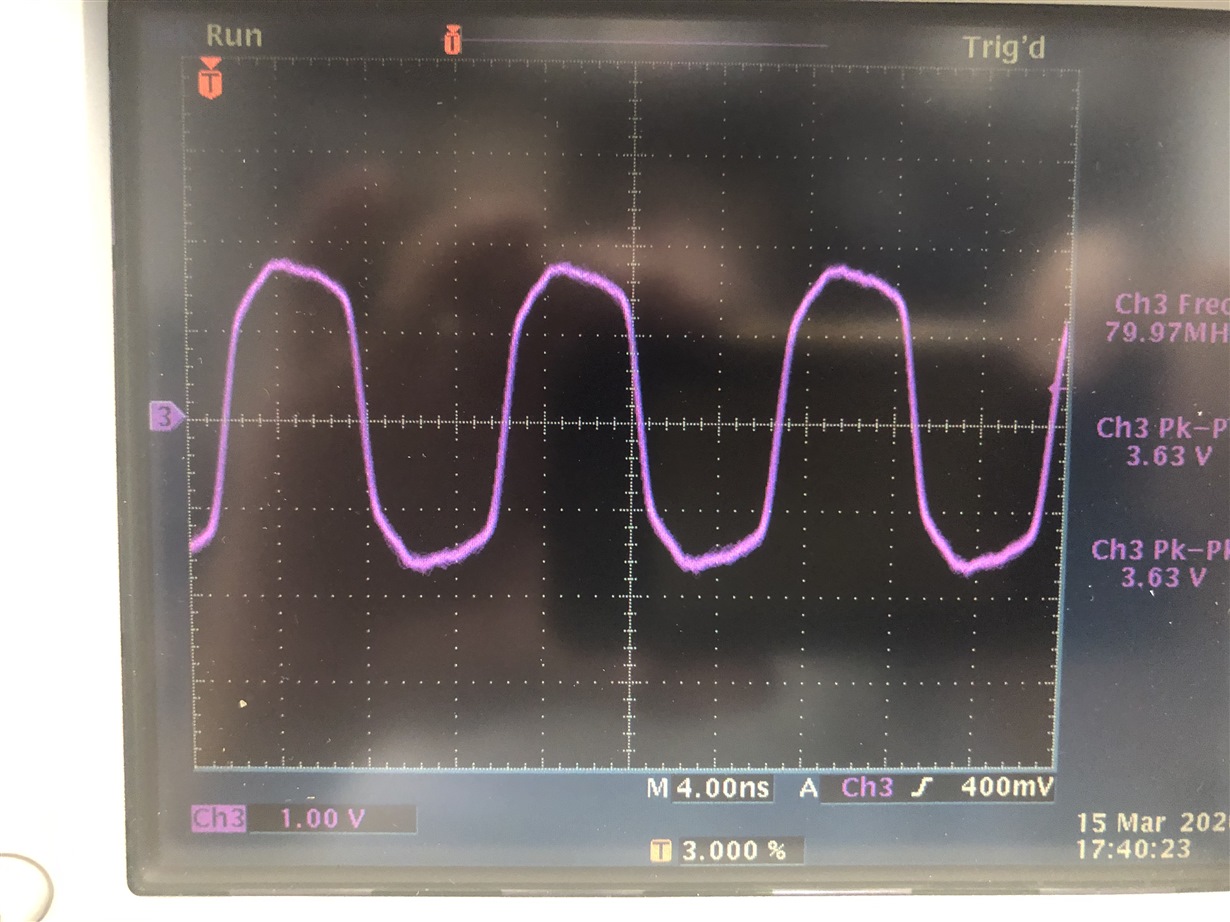Other Parts Discussed in Thread: LMK04832, ADS54J60, PLLATINUMSIM-SW, TICSPRO-SW
HI,
I am now testing the evaluation board of the LMK04832 device.
I want to connect it to a spectrum analyzer to measure its phase noise.but the outputs of the PLL are not RF. They are PECL, LVDS, CML or LVCMOS.
How should I connect the output to a spectrum analyzer to measure phase noise?
Thanks,
Yuval





